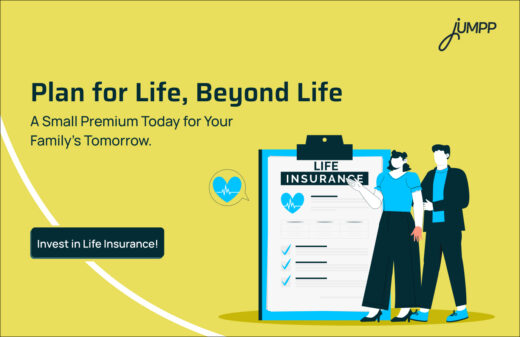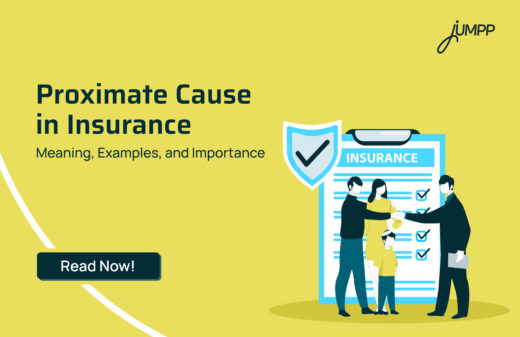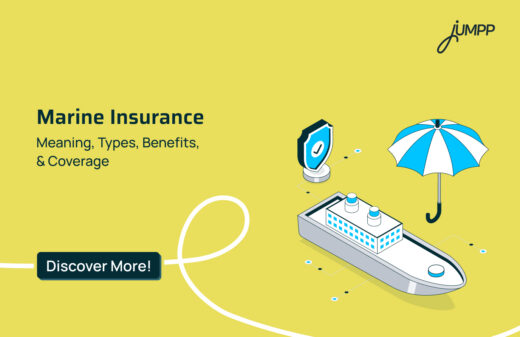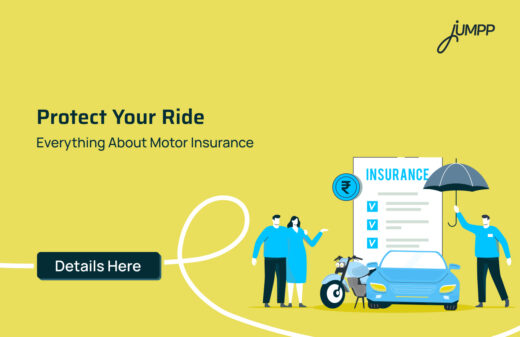Critical illness Rider: Smart Add-On for Big Health Risks

When a serious illness strikes, the physical and emotional toll is already difficult to manage. But what many families in India realise only later is that a medical emergency often brings with it a heavy financial burden as well. Now, why your health insurance alone may not be enough? Hospitalisation costs are only one part of the story. Expenses continue even after discharge. You have to pay for medicines, repeated tests, dietary changes, doctor visits, and above all, loss of income due to the inability to work. In such situations, your regular health insurance might not be enough. It may help with hospital bills, but it does not provide the extra buffer your family needs during recovery. This is where a critical illness rider becomes extremely valuable.
Let us spring to smart coverage and learn how a critical illness rider works and what are the benefits of having it in your policy.
Introducing the Critical illness Rider
In such situations, your regular health insurance might not be enough. It may help with hospital bills, but it does not provide the extra cushion your family needs during recovery. This is where a critical illness rider becomes extremely valuable. It acts like a safety net, offering financial protection when you or your loved one is diagnosed with a life-threatening disease.
What is a Critical illness Rider?
A critical illness rider is an add-on feature you can choose when buying a life insurance policy. It ensures that if you are ever diagnosed with a major illness such as cancer, heart attack, kidney failure or stroke, the insurance company pays you a lump sum amount. This payment is made upon diagnosis itself and does not depend on your hospital bills or treatment expenses. You can use the money as needed to cover your medical costs.
Secure more than just your treatment.
Look for plans that support life after diagnosis. Explore life insurance!
Types of Critical illness Riders:
1. Standard Rider – The rider pays you an amount in addition to your main term plan cover.
2. Accelerated Rider – The amount paid is part of your main cover. This means if you use the rider benefit, your overall life cover reduces.
How One Rider Made All the Difference
Let us take a real-life example to understand this better.
Imagine someone like Suresh, a 40-year-old software professional living in Bengaluru. Suresh has a wife, two school-going children, and elderly parents. He has a life insurance policy and a health insurance plan, but he never thought about additional coverage.
The Rider That Gave Financial Relief
One day, Suresh suddenly experiences chest pain and is rushed to the hospital. After tests, the doctors confirm that he has suffered a heart attack and needs a bypass surgery followed by months of rest and recovery.
While his health insurance pays for the surgery and hospitalisation, his income stops temporarily. His monthly EMI payments, school fees, home expenses and medical follow-ups continue. In this situation, Suresh is relieved that he had opted for a critical illness rider when buying his life insurance. As soon as the diagnosis is confirmed, the insurance company pays him ₹10 lakhs. This amount helps him stay financially stable and ensures his family is not burdened during a tough phase.
This is the core purpose of a critical illness rider. It is designed to support you not just medically but financially when you need it the most. It is not a replacement for health insurance, but a powerful supplement that takes care of everything health plans usually do not cover.
How the Lump Sum Can Be Used
Another common question is how this payout is used. Since it is a lump sum benefit, it gives you full control. You can use it for your treatment, to hire in-home care, to travel for advanced medical care, or to pay your rent and bills if you are not earning during recovery. You do not need to submit any bills or medical expenses. All that is needed is confirmation of diagnosis from a qualified medical professional and any supporting documents that the insurer may require.
In India, where most middle-class families depend on a single breadwinner, this rider offers real peace of mind. It helps protect your savings, avoids taking personal loans, and ensures that your family’s lifestyle is not disrupted while you focus on getting better.
How it is Different from Health Insurance
This is the core purpose of a critical illness rider. It is designed to support you not just medically but financially when you need it the most. It is not a replacement for health insurance but a powerful supplement that takes care of everything health plans usually do not cover.
How to Select an Ideal Critical illness Insurance Cover
You need to start with what really matters, and that is your risks. You need to look at your age, medical history, and what runs in your family.
Now, check how many illnesses the plan covers. Some policies list just 10. Others go up to 30 or more.
What you want is a clear payout rule. The best ones release the entire amount on diagnosis.
Watch for long waiting periods or conditions like “you must survive for 30 days.”
And finally, choose a company with a solid record of settling claims.
Secure your future—explore smart plans on our best investment app
What illnesses Are Covered by Critical illness Insurance
People often ask what illnesses are covered under this rider. While the list may vary slightly from one insurance provider to another, most critical illness riders in India cover a set of major diseases. These usually include cancer of specified severity, major heart surgeries, first heart attack of specified severity, stroke, kidney failure requiring regular dialysis, major organ transplant, multiple sclerosis, paralysis, and a few more. The moment any of these illnesses are diagnosed, the rider becomes active, and the payment is made.
Common illnesses Covered:
- Cancer
- Heart attack or other major heart diseases
- Stroke
- Kidney failure
- Major organ transplants
- Paralysis
- Severe head injuries or permanent disabilities
What illnesses Are Not Covered by Critical illness Insurance
This part often gets ignored until it’s too late.
Most insurers don’t cover:
- Pre-existing illnesses (unless declared and accepted)
- Common or minor issues like infections or mild asthma
- Illnesses that occur during the initial waiting period
- Any health issues linked to alcohol, drugs, or self-inflicted harm
- Cosmetic or dental procedures, unless they’re critical
Always read the fine print. What’s not covered is just as important as what is.
Benefits of Critical illness Rider
Health problems don’t come with a warning, but your finances can be ready.
A critical illness rider steps in when regular insurance may fall short.
- Financial help when it’s needed most: A lump sum payout helps manage medical treatment, home bills, EMIs, and other expenses.
- Keeps your savings safe: You don’t need to break your fixed deposits or use emergency funds.
- Works as income support: If you can’t go to work due to illness, the rider gives you money to manage daily needs.
- Tax benefits: You can claim deductions under Sections 80C and 80D for the premiums you pay.
If you’re below 60 years, you can claim:
- Up to ₹25,000 for the premium paid for yourself, your spouse, and dependent children
- An additional ₹25,000 for the premium paid for your parents (if they are below 60)
- If your parents are above 60, the deduction goes up to ₹50,000
If you’re above 60 years, you can claim:
- Up to ₹50,000 for the premium paid for yourself, your spouse, and dependent children
- Another ₹50,000 for the premium paid for your senior citizen parents
These deductions are available under Section 80D of the Income Tax Act.
- Easy to add: You can include it with your term plan by paying a small extra premium.
Cons to Keep in Mind
Not every serious illness gets covered, and claims aren’t always smooth.
Before adding this rider, it’s smart to look at the flip side too.
- Reduction in life cover (for accelerated type): If you choose an accelerated rider, the payout gets adjusted from your total sum assured. This means your family may get a lower payout later.
- Limited illness list: Each insurer has a fixed list of illnesses. Some rare or early-stage diseases might not be covered.
- Strict claim rules: The payout happens only if the illness meets the policy’s definition and severity. If not, the claim may get rejected.
- One-time payout only: Unlike health insurance, which pays hospital bills multiple times, this rider gives money only once, at diagnosis.
Strong Protection in Weak Moments
For families with financial responsibilities, school-going children, loans, or elderly parents, this rider is not just an option. It is a wise decision. If you are self-employed or run a small business, the risk is even higher because your income may stop completely if you are unwell. In such cases, the lump sum payout from this rider can act as a financial backup plan.
Despite its importance, many people do not opt for a critical illness rider. One of the reasons is the mistaken belief that health insurance is enough. Another is the assumption that the extra cost might not be worth it. In reality, the premium for a critical illness rider is quite low when added to a term insurance or life insurance policy. The amount you pay each year is minimal when compared to the financial support you receive if a critical disease is diagnosed.
Conclusion
A critical illness rider offers a very specific kind of protection. It is not about death coverage or reimbursement. It is about support during life’s most challenging moments.
So, when you consider buying life insurance, ask about the critical illness rider.
If life takes an unexpected turn, this one step could make all the difference between struggle and stability.
Secure your assets with Property and Casualty Insurance – find out how.
Critical illness Rider: FAQs
It is an add-on to your insurance that pays a lump sum if you’re diagnosed with a critical illness. This money can help manage treatment, recovery, or household expenses.
It offers financial help during serious health issues like cancer or heart attack.
Its usefulness depends on health risks and how much extra coverage one needs.
Critical illnesses are major, life-threatening diseases like cancer, heart attack, or stroke. These are clearly listed by insurers in the policy document.
There is usually a waiting period of 90 days from the policy start date.
No claims can be made for illnesses diagnosed during this waiting time.
This rider supports long-term illnesses that affect daily living like walking or eating.
Its value depends on health conditions and personal choice.
It pays a fixed lump sum on diagnosis of a listed serious illness like cancer or stroke. This is separate from hospitalisation coverage and can be used as needed.
The five major illnesses often covered are cancer, heart attack, stroke, kidney failure, and major organ transplant. These are serious health conditions that can affect income and lifestyle.






